Just in case this helps anyone:
I got this error when I opened and closed connections in a function which would be called from several parts of the application.
We got too many connections so we thought it might be a good idea to reuse the existing connection or throw it away and make a new one like so:
public static function getConnection($database, $host, $user, $password){
if (!self::$instance) {
return self::newConnection($database, $host, $user, $password);
} elseif ($database . $host . $user != self::$connectionDetails) {
self::$instance->query('KILL CONNECTION_ID()');
self::$instance = null;
return self::newConnection($database, $host, $user, $password);
}
return self::$instance;
}
Well turns out we've been a little too thorough with the killing and so the processes doing important things on the old connection could never finish their business.
So we dropped these lines
self::$instance->query('KILL CONNECTION_ID()');
self::$instance = null;
and as the hardware and setup of the machine allows it we increased the number of allowed connections on the server by adding
max_connections = 500
to our configuration file. This fixed our problem for now and we learned something about killing mysql connections.



